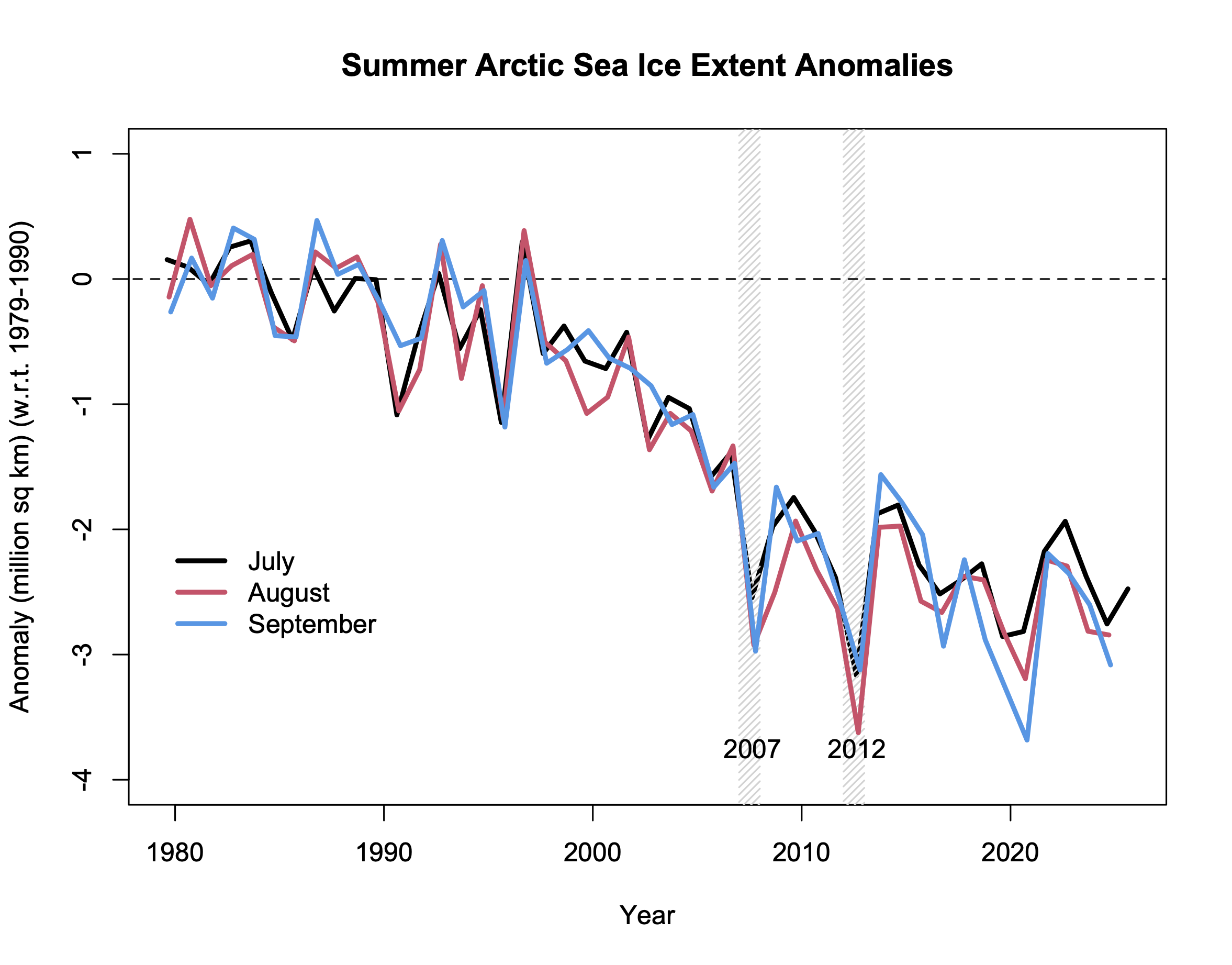by F. Menton, Oct 1, 2025 in WUWT
The first eight months of the second Trump administration have seen a sea change in energy policy. Previously, under Biden, the federal government had undertaken a blowout of hundreds of billions of dollars of subsidies and incentives for so-called “renewable” energy sources, while simultaneously implementing dozens of regulations and restrictions to suppress the production and use of fossil fuels. President Trump has now reversed all of that.
However, please take note of an important distinction: although Trump and Congress have zeroed out nearly all subsidies and tax credits for wind and solar generation and for grid-scale batteries, they have not enacted comparable subsidies and incentives for fossil fuels. Instead, all sources of energy production now must stand or fall without subsidies, based on their ability to fulfill customer demand and to generate profit. All sources of energy are now on equal footing, and without subsidies.
Meanwhile, over in China, billions of dollars in subsidies have flowed for many years into developing the ability to produce the infrastructure for a wind/solar/storage energy system — things like polysilicon, solar panels, solar cells, wind turbine blades, wind turbine nacelles, and battery cells. As a result, China has become completely dominant in the world in manufacturing these and many related items.
So who is making the better energy bet?
For one possible answer to that question, here is a Wall Street Journal piece from September 21(probably behind pay wall). You get a clear idea where they are going from the headline, “The U.S. Is Forfeiting the Clean-Energy Race to China.”
In the vision of the authors of the piece (David Uberti, Ed Ballard, and Brian Spengele), there is an international race under way for dominance in “clean energy,” and the United States is in the process of losing it. The problem is that the U.S. is failing to put up the necessary government subsidies for “clean energy” to vie for the lead. Excerpt:
…








